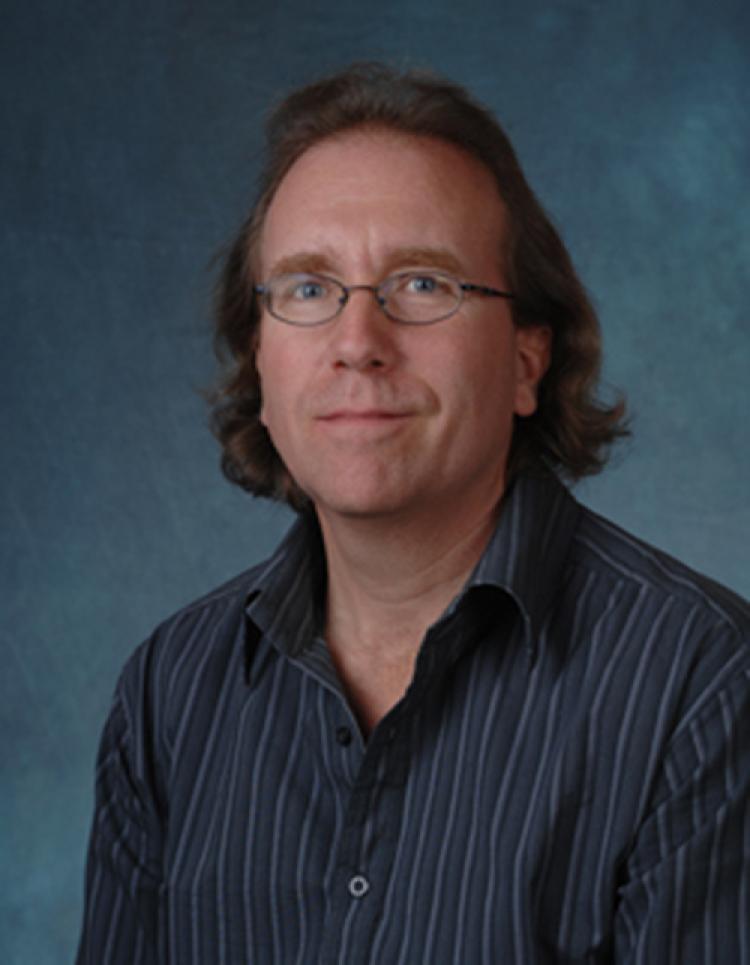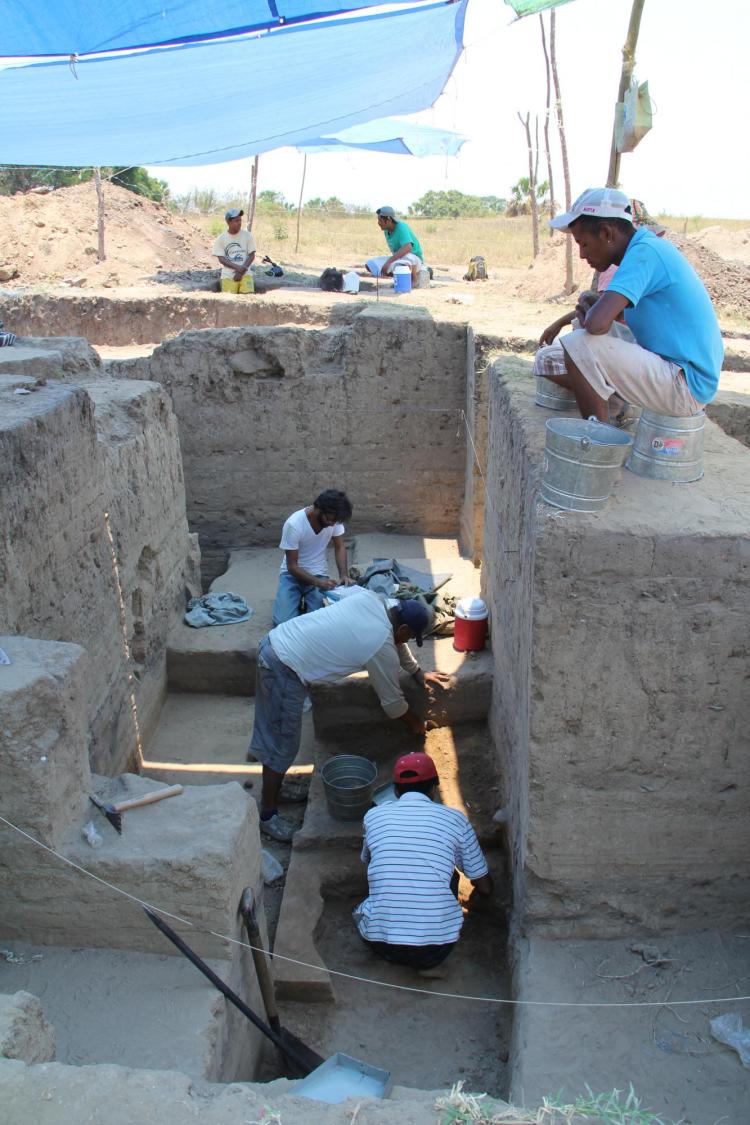Scholars aim to unlock mystery of the Mesoamerican collapse
A global team of researchers led by a CU Boulder prof has received a $1.5 million NSF grant to study the classic-period collapse in Mesoamerica
Why did the Mesoamerican classic period, an era of great social and cultural development for millions of people in central America and Mexico, abruptly end?
Archaeologists have debated the answer to that question for decades: Was it human impact on the environment, political upheaval or maybe climate change? A new grant from the National Science Foundation, however, hopes to shed some light on this perpetual question and provide greater clarity in understanding the causes of the collapse.

At the top of the page: The town of Yanhuitlan with ancient mountaintop city of Cerro Jazmin in background (Oaxaca Highlands). Above: Arthur Joyce
This new $1.5 million grant awarded to a team led by Arthur Joyce, a professor of anthropology at the University of Colorado Boulder, aims to bring together scholars from across disciplines, including archaeology, geology and paleoecology, to examine the issue from a transdisciplinary lens, both excavating ancient human sites and collecting climatic data.
And, the researchers hope, their findings will not only shed light on this period of history but provide insight into today’s struggles with climate change and human impact on the environment.
“You have some regions of Mesoamerica where you seem to have a role for climate change in the collapse, and in other areas where it’s less clear. … The evidence is complex and in some cases contradictory,” said Joyce.
“For the most part, the research that has been done is still on the level of the collapse correlating with some degree of climate change or in some places some degree of human impact on the environment, but there really haven’t been these kinds of integrated, transdisciplinary projects. That’s really where this project fits in.”
Mesoamerica, which included the Maya civilization, extended across central America and Mexico. During the classic period, which stretched between 250 and 800 C.E., Mesoamerica became dominated by numerous cities and states in both the tropical lowlands and the arid highlands.
While descendants still live across the region, at around 800 C.E., the Mesoamerican classic period abruptly suffered a major political collapse. During this time, not only did the rulers and ruling institutions decline, but whole cities—and even some regions—were largely abandoned.
We have a lot of background evidence, pilot studies, and, in terms of the archaeology, we have a pretty solid start to investigating this problem."
Despite decades of research by archaeologists, though, the cause of this collapse remains debated, with one question dominating the discussion: What impact, if any, did environmental change have on the collapse, and what was role of people in that change?
“It’s a compelling idea, especially in our current world of climate change and dramatic human impacts on the environment,” Joyce commented.
This grant builds upon previous research by Joyce and colleagues to try to solve this mystery once and for all using a transdisciplinary approach. This method will bring together archaeological, geoarchaeological, paleoecological, paleoclimatological and bioarchaeological scholars to work together and study the collapse in the non-Maya portion of Mesoamerica in not just the lowlands but also the highlands—where this will be the first study of its kind.

Block excavation on the acropolis at the Ancient city of Río Viejo (Oaxaca Lowlands).
“Generally, the way this kind of multidisciplinary work has been carried out is the archaeologist does the archaeology, the paleoecologist does the paleoecology and writes a report that the archaeologist then uses to talk about climatic impact on people, and it’s not as coordinated. There isn’t as much integration and collaboration between the different disciplines so that you can, as you’re working, bounce ideas off each other and think about the … different processes and factors that may have been involved in the collapse,” said Joyce.
“I think a problem like this, looking at the influence of climate and human impact on history, has to be addressed in this (transdisciplinary) way. … It requires specialists in these different fields to get together—to physically get together—and be able to hash these things out both in and out of the field.”
The researchers will spend 60 months examining not only the remains of cities, but also the broader system of the Río Verde drainage basin of Oaxaca, Mexico. They’ll be looking at the archaeology of domestic life and human health through this period, both before and after the collapse, and then working with paleoecologists and geologists to core ponds and lakes and examine ancient agricultural terraces in the area.
By coring these bodies of water—plentiful in the lowlands, harder to find in the highlands—the paleoecologists will be able to determine periods of drought across the history of these differing areas.
“We have a lot of background evidence, pilot studies, and, in terms of the archaeology, we have a pretty solid start to investigating this problem,” said Joyce. “But this will really allow us to tie all of the elements together and to make sure that we have a full data set.”
And they don’t plan to stop there. Another important component of the grant is STEM (science, technology, engineering and math) education. Through past projects, the researchers created a bilingual website in both Spanish and English and videos subtitled in Spanish. For this grant, they plan to take it one step further, creating more classroom materials—including a VR learning module—and training both Mexican and U.S. students, particularly women and members of underrepresented minorities.
This work is an important part of the project, Joyce said:
“A lot of this is designed at least in part to give back to the host communities, to the indigenous communities that we’re working in.”
While coronavirus has altered the timeframe of the grant, the fieldwork for the project is scheduled to begin in November 2021 and includes scientists from the U.S., Mexico, Scotland, Canada, Japan and France. The co-PIs (Principal Investigators) of the project include Michelle Goman from Sonoma State University; Steven P. Lund from University of Southern California; Arion T. Mayes from San Diego State University; and Veronica Pérez Rodríguez from University at Albany – SUNY.

